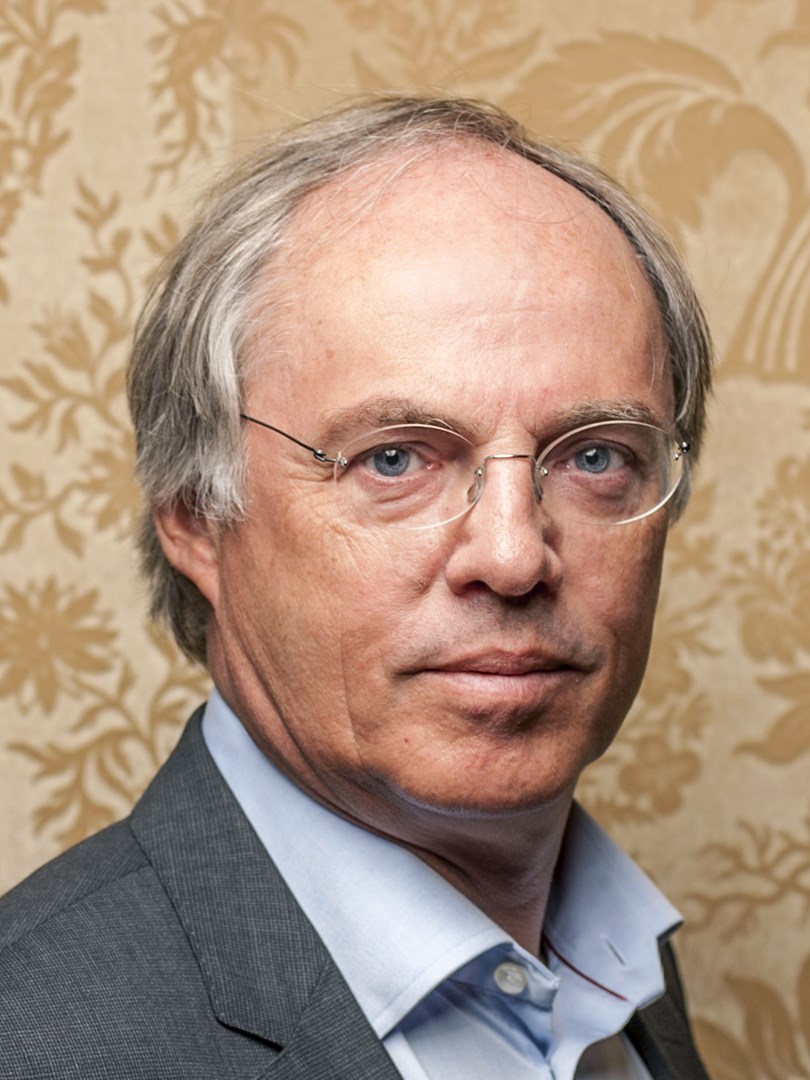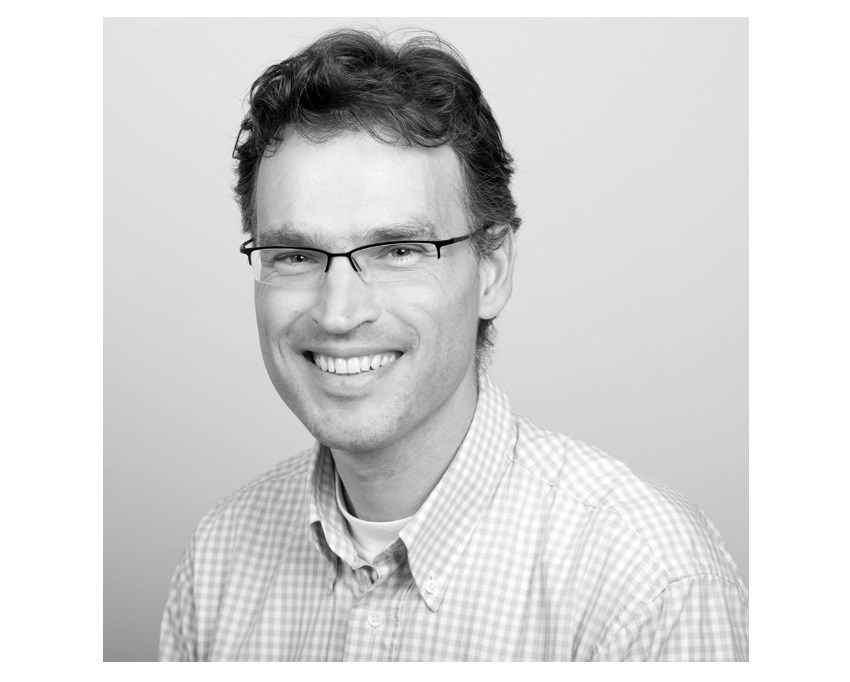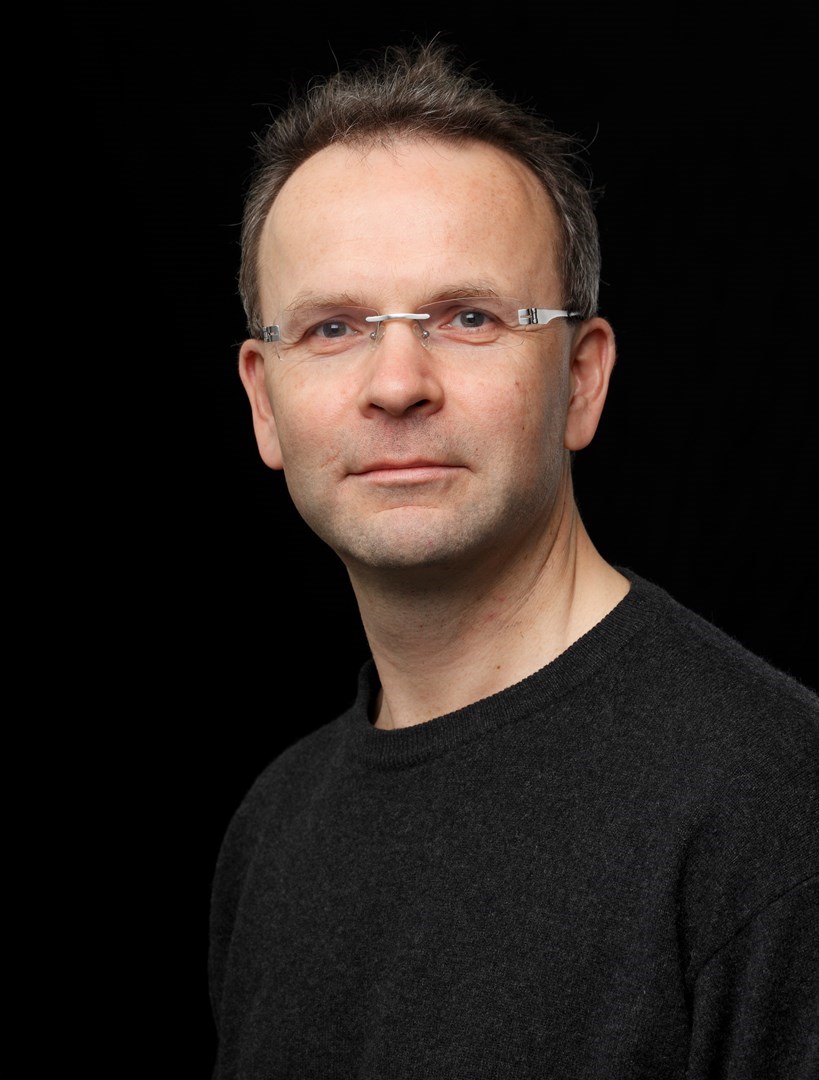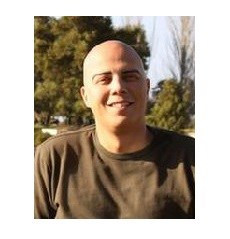
Hans Clevers
Hubrecht Institute, Utrecht, Netherlands
The Clevers group was originally focused on T lymphocyte transcription factors, and they cloned Tcf1 in 1991. With the discovery that Tcf factors are the final effectors of Wnt signaling, their interest was changed to the biology of Wnt signaling in intestinal self-renewal and cancer. A series of adult tissue stem cells was identified with the novel Lgr5 marker and technologies for long-term culture of these stem cells as epithelial organoids, which is currently the major research focus of the Clevers group.
Elanie Fuchs
The Rockefeller University, New York, USA
Dr. Fuchs studies where stem cells come from and how they make and repair tissue throughout life. She explores how stem cells communicate with immune, dermal, and other cells in their environment and how this communication malfunctions in aging and cancers.


Elisabeth Vincan
The University of Melbourne, Australia
The Vincan lab is investigating the function of Wnt and FZD in the gastrointestinal tract (liver, stomach and intestine) and GI cancer. The goal is to specifically target normal or cancer stem cells via the Wnt receptor complex for regenerative medicine or anti-cancer treatment, respectively.
Feng Cong
Novartis Institute for Biomedical Research, Cambridge, USA
The Cong group utilizes an integrative, pathway-based approach to gain a better understanding of the basic mechanisms underlying disease and to identify novel entry points for therapeutic intervention. They have a strong interest in the Wnt, TGFβ/BMP, and HIPPO signaling pathways. These highly-conserved pathways govern proliferation and differentiation of adult stem cells and play critical roles during regeneration and tissue repair. Deregulation of these signaling pathways has been causally linked to a variety of human diseases, including cancer. Despite intense efforts, therapeutic targeting of these signaling pathways is still at an early stage.


Mariann Bienz
MRC Laboratory of Molecular Biology, Cambridge, UK
The Bienz lab is studying the molecular functions of individual Wnt signalling components and their mutual interactions, using cell-biological, biochemical and structural approaches, as well as fly and mouse animal models. One focus is on the role of Dishevelled in assembling signalosomes by dynamic polymerization during Wnt signalling, to block the function of Axin degradasomes in destabilising β-catenin. Another focus is on the Wnt enhanceosome and the role of its core component Chip/LDB-SSDP in responding to Wnt signalling through Pygo-BCL9 and integrating this with other signalling inputs. Ultimately, their work is aimed at identifying and developing the potential of new Wnt signalling components as therapeutic targets in cancer.

Akira Kikuchi
Graduate School of Medicine, Osaka University, Japan
The Kikuchi group identified Axin and Axil (also known as conductin and Axin2) in 1998 and originally focused on the function of the Axin complex that destabilizes b-catenin. His group is currently trying to comprehensively understand the molecular mechanisms of the regulation of Wnt signaling and the molecular pathogenesis of Wnt-related diseases, especially cancer and inflammation.

Marek Mlodzik
Icahn School of Medicine at Mount Sinai, New York, USA
The main focus of Mlodzik lab is the study of Wnt/Frizzled-planar cell polarity (PCP) signaling and associated regulatory and signaling specificity mechanisms. To achieve this they are using a combination of Drosophila in vivo studies, cell culture experiments, and biochemistry and through collaborations they confirm the results in vertebrate models like zebrafish or mouse.
Rik Korswagen
Hubrecht Institute, Utrecht, Netherlands
The Korswagen group is interested in the mechanism of the canonical and non-canonical Wnt signaling pathways that mediate responses ranging from cell fate specification and proliferation to cell polarization and migration. As a model they use the nematode C. elegans, which offers a powerful genetic system to study evolutionarily conserved Wnt signaling mechanisms at single cell resolution.


Christof Niehrs
The Institute of Molecular Biology, Mainz, Germany
The aim of the Niehrs group is to characterize molecular mechanisms relevant for the formation of the body axis in frogs and mice. To this end, they are identifying developmental control genes and investigating how these are regulated and what their functions are. A special interest is devoted to investigating the mechanisms of the Wnt signaling pathway in this context.
Patricia C Salinas
University College London, UK
The primary aim of the Salinas lab is to elucidate the molecular mechanisms that regulate synapse formation, maintenance and function in the vertebrate nervous system. They study the signalling pathways that regulate the assembly and disassembly of synapses, and their impact on learning and memory, and also motor behaviour. Their research also focuses on elucidating the contribution of deficient Wnt signalling on synapse degeneration in neurodegenerative diseases such as Alzheimer’s and Parkinson’s diseases and how modulating Wnt signalling could protect synapses in the adult and aging brain.


Konrad Basler
University of Zurich, Switzerland
One of the most remarkable discoveries of the past decade is the finding that members of the Hedgehog (Hh), Wnt, TGFb and tumor necrosis factor (TNF) families of secreted peptides account for innumerable cases of embryonic cell communication events. The goal of the Basler lab is to understand how these signaling proteins function to control growth and pattern during animal development.
The components of these signaling systems, as well as their molecular interactions, are conserved throughout multicellular organisms. Therefore the Basler lab studies contribute to the understanding of general developmental mechanisms as well as to our understanding of how signaling pathways used by ligands of the Hh, Wnt, TGFb, and TNF families operate in other organisms during development and disease.
Stefano Piccolo
University of Padova, Italy
The Piccolo group is studying how cells sense their environment and use this information to build and maintain tissues with specific form, size and function. They are also interested in how disruption of these homeostatic mechanisms leads to tumor formation, progression and metastasis, hoping to identify new routes for the treatment of incurable cancers. Specifically, the research focuses in three areas: mechanotransduction, molecular attributes of cancer stem cells and growth factor signaling.


Ernest Arenas
Karolinska Institutet, Stockholm, Sweden
The Arenas laboratory aims at developing regenerative therapies for Parkinson's disease. Of particular interest are specific aspects of midbrain and dopamine neuron development, Wnt signalling, biotechnology, stem cell biology and regenerative medicine for Parkinson's disease.
Marian Waterman
Cancer Research Institute, California, USA
The goal of the research program in the Waterman laboratory is to understand how a developmental signaling pathway triggered by extracellular Wnt ligands specifies changes in transcription of target genes. Dysfunctional Wnt signals can cause cancer, and it is this unfortunate aspect that continues to be the focus of their work. They have uncovered differences in the structure and activities of the LEF/TCF transcription factors that mediate Wnt signals. They have also uncovered aberrant expression and subcellular trafficking of some of these factors in cancers – particularly colon cancer and breast cancer. Two major aspects of these findings comprise current work. First, they are studying the underlying mechanisms of transcription regulation that make LEF/TCFs function non-redundantly, and they are testing whether these differences are relevant to cancer progression. Second, they are defining the regulatory mechanisms at the transcriptional and translation level that cause aberrant expression of LEF-1 in cancer.


Jean Paul Vincent
The Francis Crick Institute, London, UK
The Vincent group aims to understand how cells coordinate patterning, growth and apoptosis within a tissue. They investigate how signalling molecules organise tissues, how malfunctioning cells are recognised and eliminated and how pro-growth signals are integrated. With respect to Wnt signalling, they are particually interested in understanding how subcellular trafficking and post-translational modifications ensure just-right signalling at appropriate locations. They mostly use Drosophila and cultured cells as model systems but are also pursuing the genetic analysis of Notum in mice.
Rami N. Hannoush
Genentech, South San Francisco, USA
The Hannoush group is focused on developing pharmacological strategies for targeting proteins and protein – protein interactions that are important in disease, with the aim of developing novel therapeutics and at the same time advancing their understanding of cellular molecular mechanisms. Specific lab interests include Wnt signaling, protein lipidation, developing novel peptide technologies for drug discovery and lead identification, probe development and molecular imaging to study protein behavior in cells. Throughout our work, the lab utilizes a combination of phage display, biochemistry, chemical and cell biology approaches. They also identify and utilize peptides as proof-of-concept tools to study stem cell signaling pathways and to understand how to target tumors.


Mayumi Ito
NYU School of Medicine, New York, USA
The Mayumi group is interested in Wound Healing, Adult Skin Stem Cell, Digit Regeneration, Hair Follicle Regeneration.
